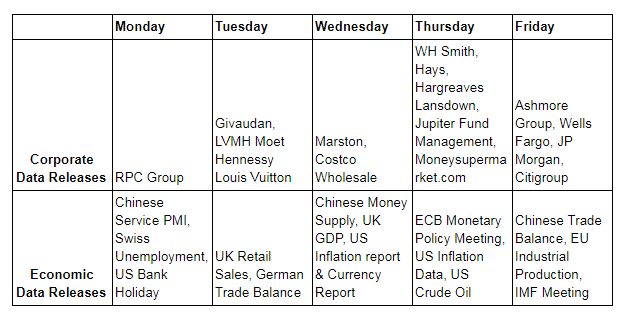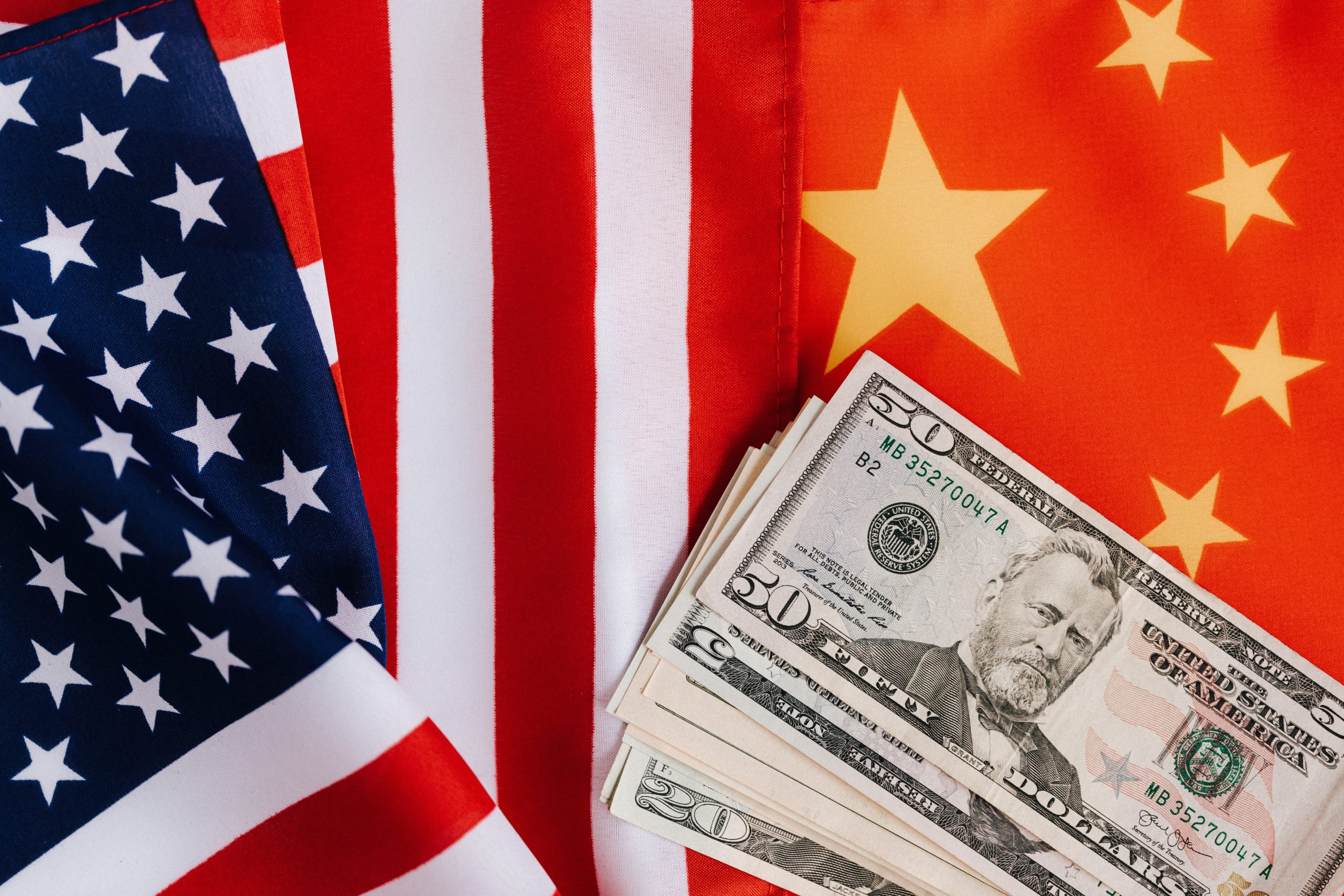Synopsis of the week
- Friday saw the US unemployment rate drop to 3.7% and average hourly earnings continue to grow, confirming strong economic fundamentals are still in place in the US.
- US 10 year sovereign debt yields spiked to over 3.2%, the highest levels seen since 2011 as investors began to factor in even more rate rises in the US following another set of strong US economic data releases.
- Brent Crude prices hit four-year highs as worries over next month’s US sanctions against Iran dominated traders thinking. Even stories that both Saudi Arabia and Russia have agreed to increase production only managed to slightly reduce last week’s gains.
Press coverage
On Tuesday evening, our Director of Investment Management Alastair McCaig joined Bloomberg anchor Jonathan Ferro and Damian Sassower, Bloomberg’s EM credit strategist. This week, they discussed UK Prime minister Theresa May and Boris Johnson’s speeches on Brexit at the Conservative conference, the consequences to both the FTSE and the pound, Italian politics and Emerging Markets.
Click here to listen to the interview on Bloomberg
On Thursday evening, Alastair McCaig, our Head of Investment Management joined Hannah Wise on CNN Money Switzerland to discuss the jump in 10 year US Treasuries and the Federal Reserve’s pathway for future rate rises in the US. In the show, he also discussed the latest developments in Brexit negotiations, the current equity markets and the strength of the Swiss Franc.
Click here to watch the interview on CNN Money Switzerland
We now appear to have reached a tipping point when the market is informed of good economic data out of the US. Instead of helping equity prices move higher, these announcements are seen as even more reason to expect the US Federal Reserve to tighten its fiscal policy. Last week saw another strong set of US jobs data with unemployment levels dropping even further, coupled with average hourly earnings increasing. One of the Fed’s primary jobs is to control inflation and last weeks data will have increased the likelihood of further rate rises on top of those already factored in by the markets.
November will see the US mid-term elections take place and unsurprisingly, the Trump administration has finally agreed on a new trade structure with Mexico and Canada before this date. US President Trump currently enjoys having both the Senate and the House of Representatives dominated by his Republican party. If however, the Republicans were to lose control of either, the chances of the President being impeached would increase. Now President Trump has managed to push through these enhanced trade agreements with Mexico and Canada, it will help gain more votes in these important mid-term elections but more will be needed to improve his party’s chances of maintaining the status quo.
The yield that investors can receive from holding US Treasury 10 year debt increased to over 3.2% last week, levels last seen seven years ago. As I discussed in my TV interview with CNN, this does now mean that investors are beginning to have a viable alternative to holding equities.
When Chinese equity markets open again on Monday, they will do so having enjoyed a week’s worth of bank holidays. With US Chinese trade discussions looking as fragile as ever, we will be watching to see what reaction we get in the Chinese Yuan.
On the 15th of October, the new Italian government will be delivering its new budget to Brussels. Considering the anti-EU rhetoric that we have heard so far, this event could trigger a weakening in the Euro and fresh questions surrounding Italy’s future in the union.

Photo by Karolina Grabowska from Pexels


